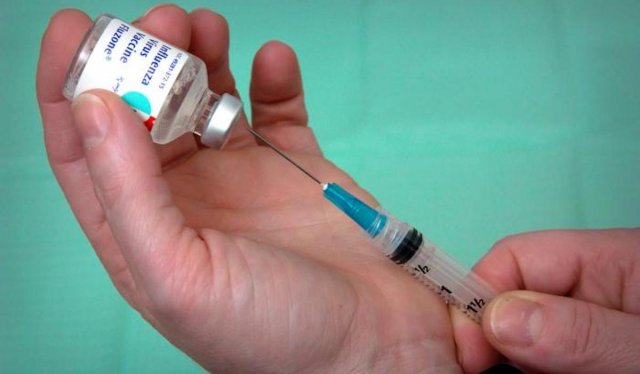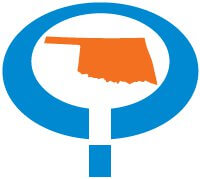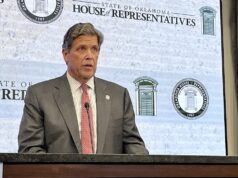(Editor’s note: This story was authored by Paul Monies of Oklahoma Watch and appears here in accordance with the non-profit journalism organization’s republishing terms.)
The share of Oklahoma kindergartners up to date on all their vaccines rose slightly last year, but the percentage who were granted exemptions from at least one vaccine also increased, according to the latest survey’s preliminary results.
It was at least the third straight year that Oklahoma’s overall exemption rate has risen – a trend that has worried contagious disease experts. The overall exemption rate for all kindergarteners was 2.6 percent, the state Department of Heath reported. That compared with 2.2 percent in 2017-18 and 1.9 percent in 2016-17, according to federal data. In 2009-10, the Oklahoma kindergartner exemption rate was 1.1 percent.
The overall vaccination rate for kindergartners rose to 91.4 percent, up from 90.4 percent in the 2017-18 school year. Meanwhile, 89 percent of private school kindergartners were fully vaccinated, up from 84 percent in the 2017-18 school year.
The latest survey by the state Department of Health and the state Department of Education, released today, included responses from 91 percent of public schools and 44 percent of private schools. A total of 131 schools didn’t respond to the voluntary survey.
Oklahoma requires kindergartners to be vaccinated for about a dozen diseases, including measles, chickenpox and polio. Parents can apply for exemptions on medical, religious or personal grounds. Medical exemptions are usually the smallest share of exemptions, with most parents opposing on personal or religious grounds.
Public and private school exemptions went in opposite directions in the latest survey. The public school exemption rate was 2.6 percent, up from 2.1 percent in the 2017-18 school year. Private school exemptions fell to 4.7 percent, down from 6 percent in the previous school year. It’s not clear what led the decline in the private school exemption rate.
“Analysis of this data drives program activities to improve vaccination coverage in our state,” Interim Commissioner of Health Tom Bates said in a news release. “We know that vaccinations are among the most effective ways to protect against serious diseases.”
For the first time, the health department has published an online map of schools and counties and their vaccination and exemption rates. The latest survey results are preliminary, and will be sent to the Centers for Disease Control and Prevention for inclusion in its national report in October.
Laurence Burnsed, state epidemiologist, said public health officials use the survey results to work with schools and local health officials to identify trends and coverage levels.
“Following the recommended immunization schedule helps you protect your child against vaccine-preventable diseases,” Burned said. “These are diseases that can be potentially serious, even life-threatening.
Burnsed said Oklahoma has tracked closely with national medians for both vaccination coverage and exemptions.
“This data really kind of drives a better understanding. Overall, we have a good level of coverage, but we do have some room for improvement,” he said.























